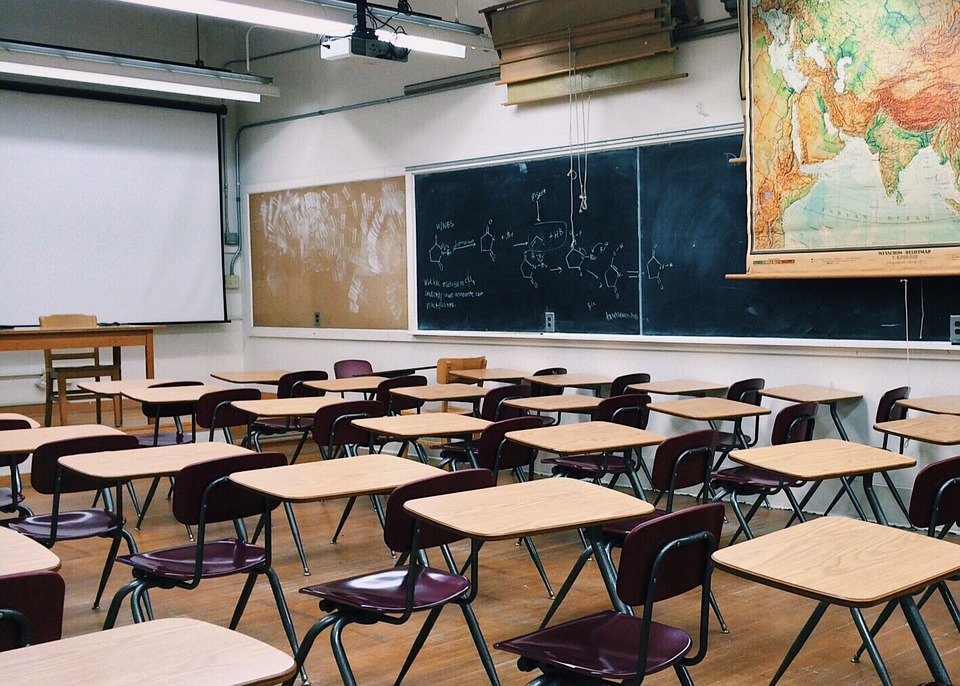A Useful Guide to the Average Cost of Private Schools
Every parent wants the best for their children, including the best education possible. While public schools offer a comprehensive education aligned with national standards, many parents choose to send their kids to a private school to ensure a well-rounded education with additional opportunities. If you’ve considered this alternative route, you’ve probably wondered what the average […]
A Useful Guide to the Average Cost of Private Schools Read More »


